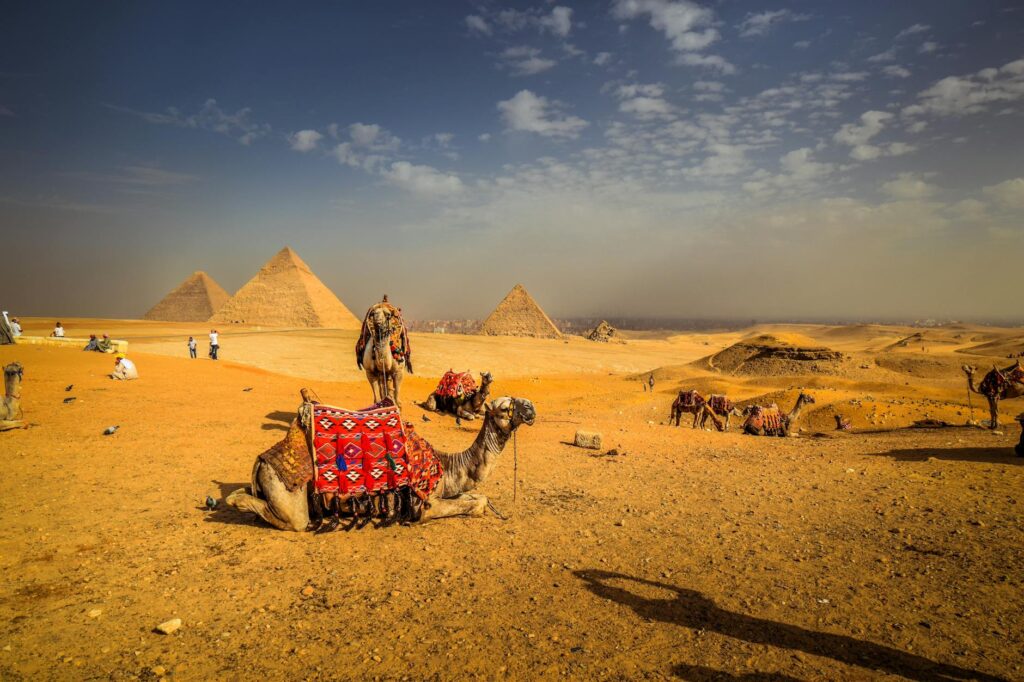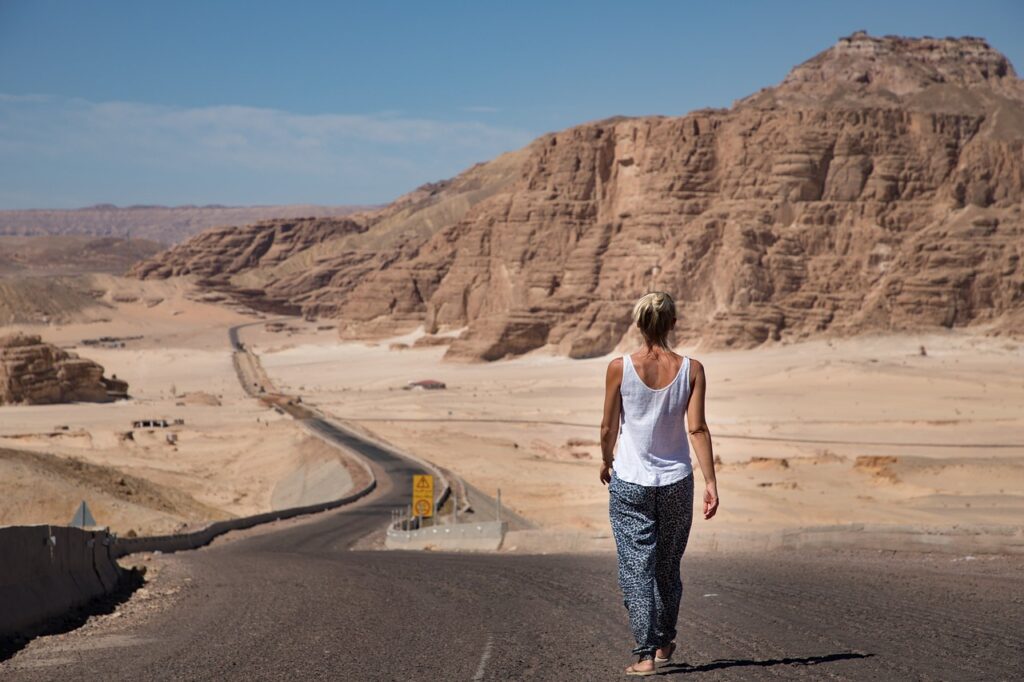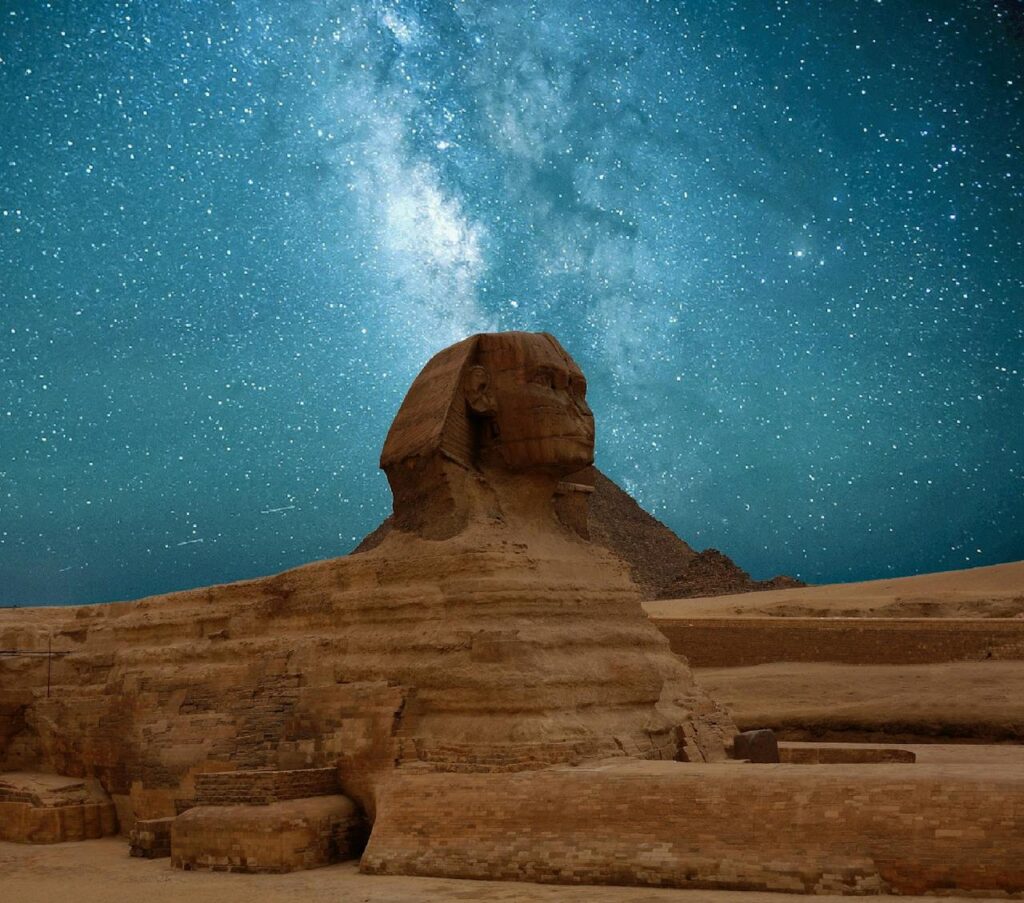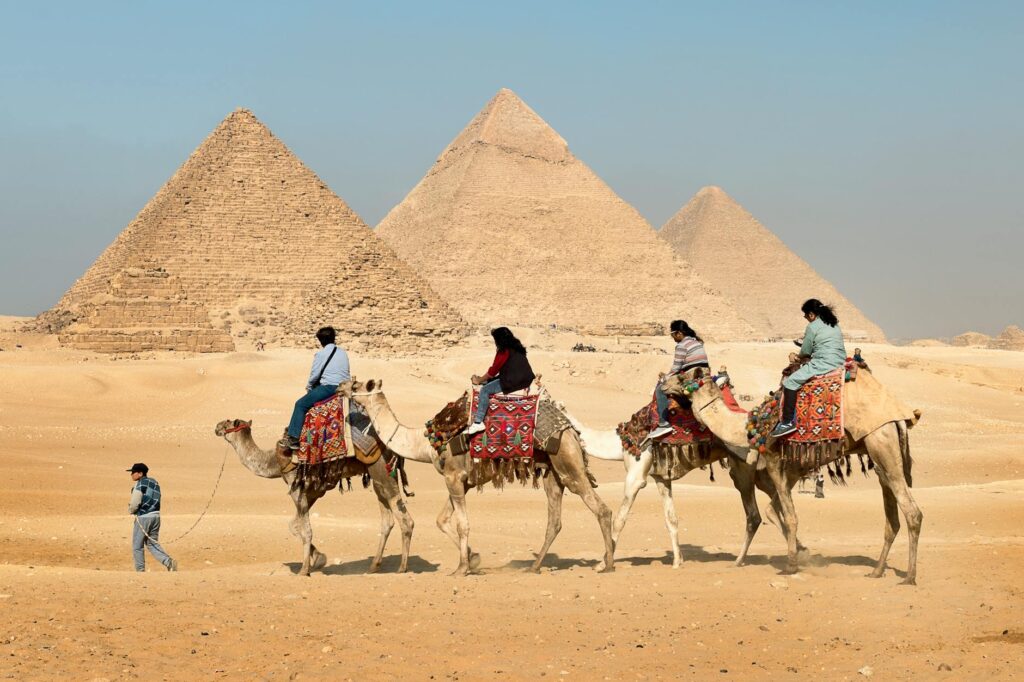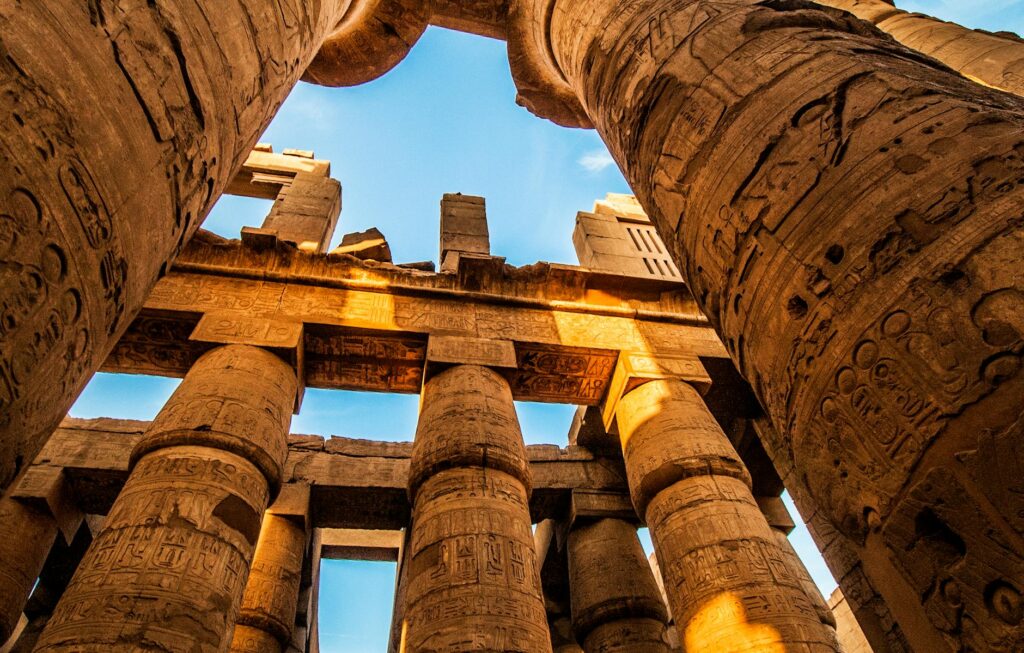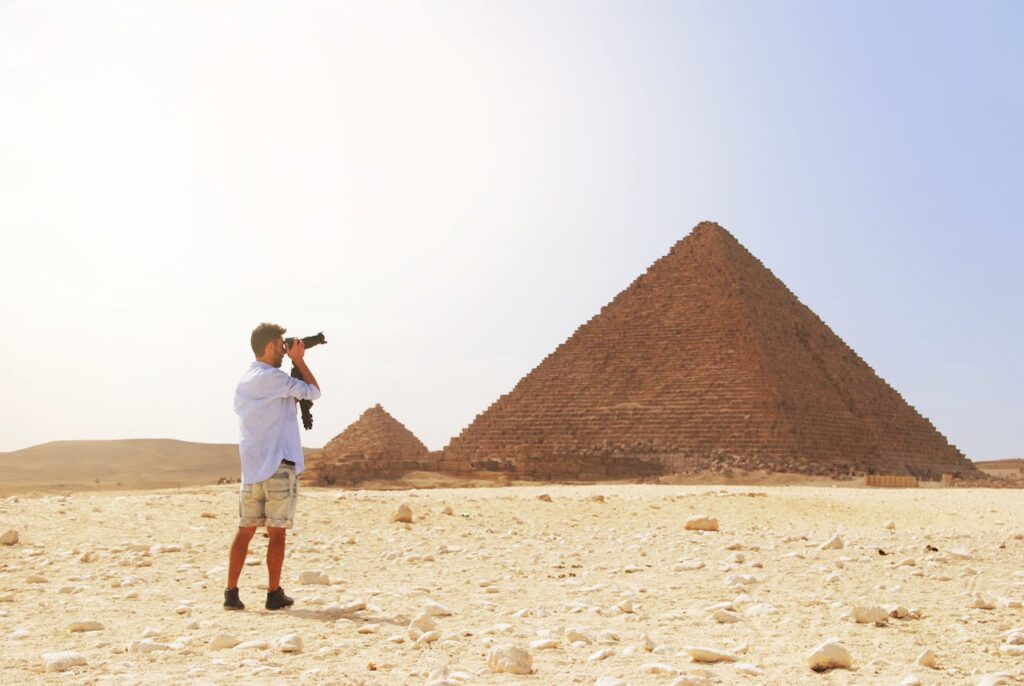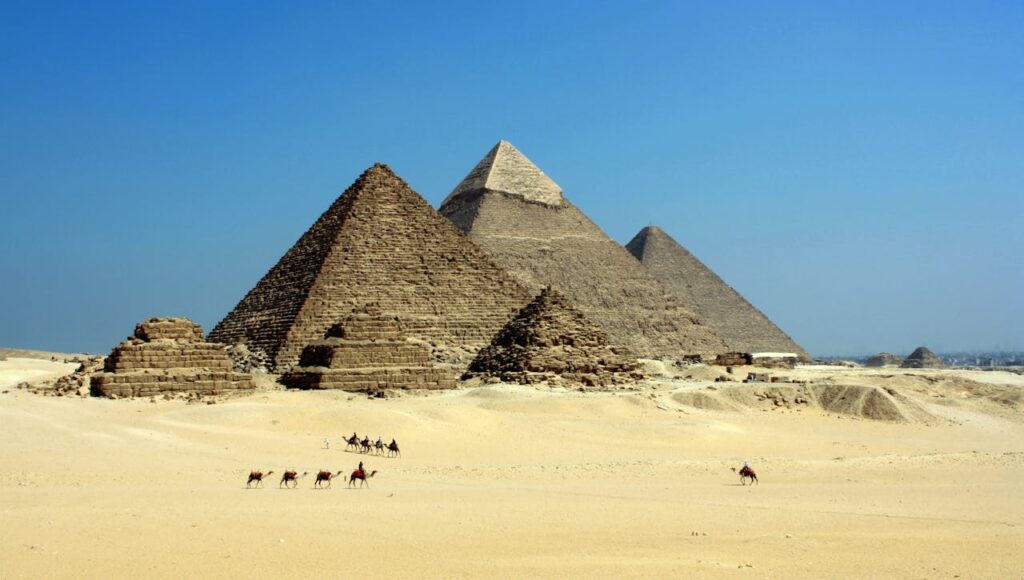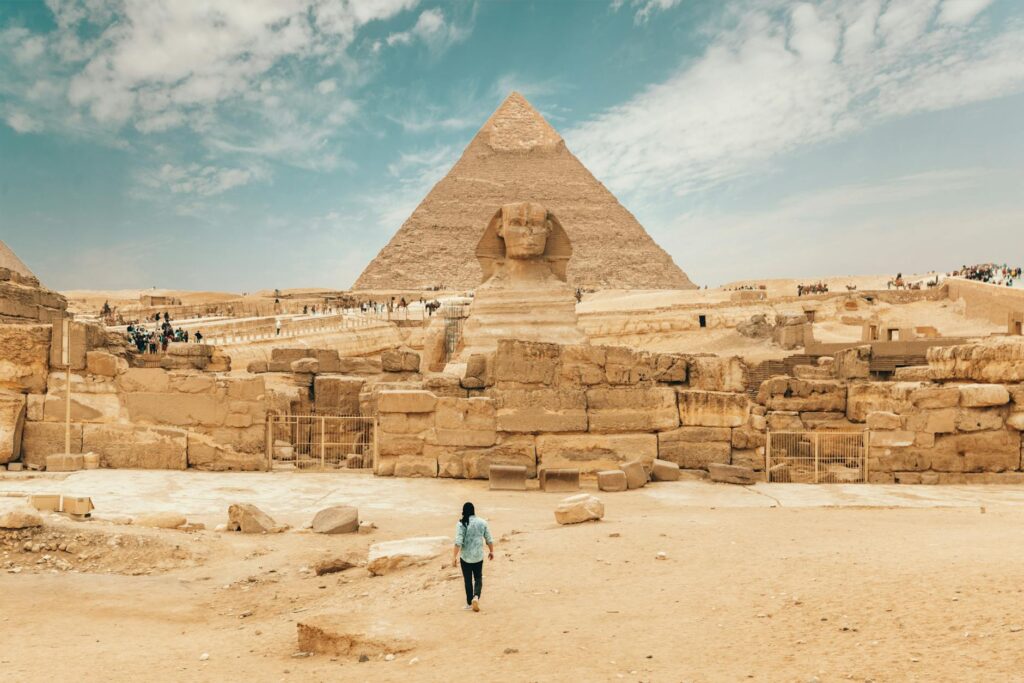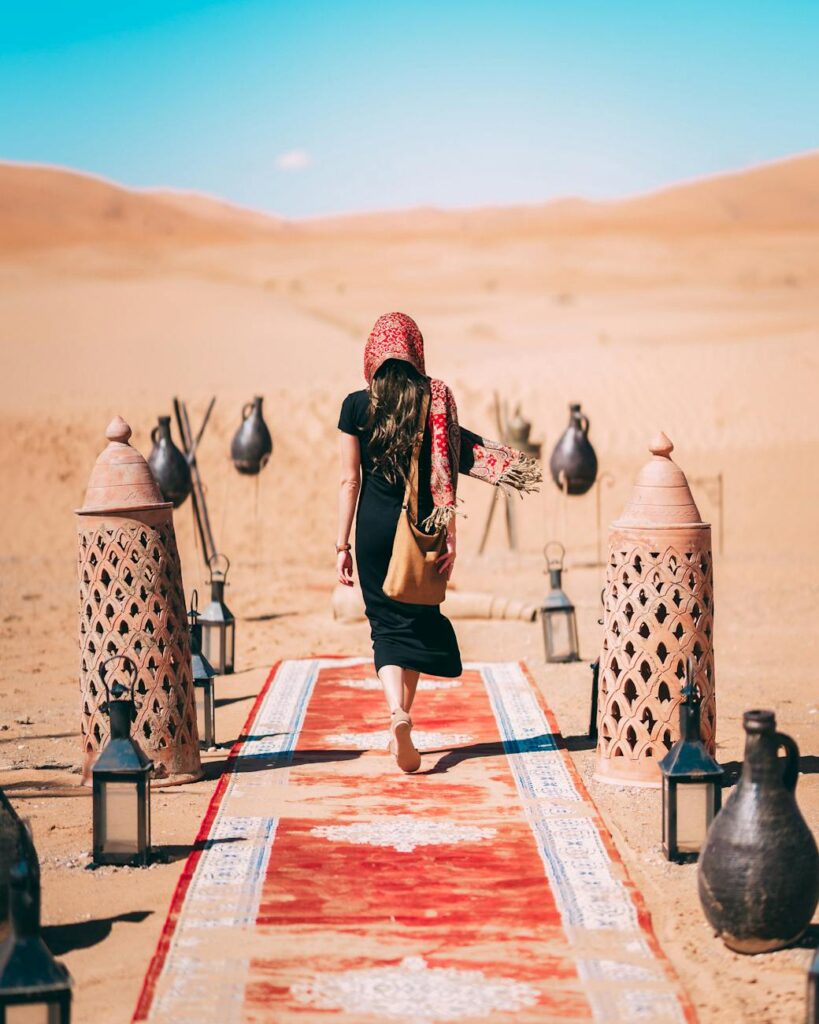Luxor, often referred to as the “world’s greatest open-air museum,” is a city in southern Egypt renowned for its rich history and incredible archaeological sites. Home to the ancient city of Thebes, Luxor boasts a plethora of temples, tombs, and monuments that attract history enthusiasts and travelers from around the globe. The city is divided by the Nile River, with the East Bank housing the modern city and the West Bank known for its ancient necropolises. Here are some of the best places to visit in Luxor:
Best Places to Visit
1. Karnak Temple Complex
Karnak Temple Complex is one of the largest and most impressive temple complexes in Egypt. It served as the religious center for the ancient Egyptians and was dedicated to the god Amun-Ra. The complex includes the Great Hypostyle Hall, with its towering columns, and numerous sanctuaries, obelisks, and statues. The Sound and Light Show held in the evenings offers a captivating way to explore the history of the complex.
- Key Attractions: Great Hypostyle Hall, obelisks, statues.
- Activities: Exploring ancient temples, attending the Sound and Light Show.
- Location: East Bank, Luxor.
2. Luxor Temple
Luxor Temple, located in the heart of Luxor city, is a stunning temple complex dedicated to the rejuvenation of kingship. It was built by Amenhotep III and later added to by other pharaohs, including Ramses II. The temple is renowned for its grand entrance with a pair of massive seated statues of Ramses II and a long avenue of sphinxes that once connected it to Karnak Temple.
- Key Attractions: Avenue of Sphinxes, statues of Ramses II.
- Activities: Exploring the temple complex, photography.
- Location: East Bank, Luxor.
3. Valley of the Kings
The Valley of the Kings is an ancient necropolis where many pharaohs of the New Kingdom were buried. It is famous for its richly decorated tombs, including the tomb of Tutankhamun. The intricate wall paintings and hieroglyphics found in the tombs depict scenes from the journey to the afterlife. While not all tombs are open to the public, visitors can explore a select few, including the tombs of Ramses VI and Seti I.
- Key Attractions: Tomb of Tutankhamun, ancient hieroglyphics.
- Activities: Exploring ancient tombs, learning about Egyptian burial practices.
- Location: West Bank, Luxor.
4. Valley of the Queens
The Valley of the Queens served as the burial place for the queens of the New Kingdom, as well as royal children and other members of the nobility. The most famous tomb in this valley is that of Queen Nefertari, known for its beautifully preserved wall paintings. The valley offers a quieter and less crowded alternative to the Valley of the Kings, with several tombs open to visitors.
- Key Attractions: Tomb of Queen Nefertari, ancient paintings.
- Activities: Exploring royal tombs, photography.
- Location: West Bank, Luxor.
5. Temple of Hatshepsut
The Temple of Hatshepsut, also known as Deir el-Bahari, is a magnificent mortuary temple built for the female pharaoh Hatshepsut. The temple’s unique design features terraces, colonnades, and a grand staircase. It is set against a dramatic backdrop of limestone cliffs, creating a stunning visual effect. The temple is dedicated to the god Amun and showcases the achievements of Hatshepsut’s reign.
- Key Attractions: Terraced architecture, statues of Hatshepsut.
- Activities: Exploring the temple, learning about Hatshepsut’s reign.
- Location: West Bank, Luxor.
6. Colossi of Memnon
The Colossi of Memnon are two massive stone statues of Pharaoh Amenhotep III, located at the entrance to his mortuary temple. The statues are the only remaining part of what was once a vast temple complex. Standing at 18 meters tall, they have become iconic symbols of Luxor. The statues are a popular stop for visitors exploring the West Bank’s historical sites.
- Key Attractions: Giant statues, historical significance.
- Activities: Photography, sightseeing.
- Location: West Bank, Luxor.
7. Medinet Habu
Medinet Habu is a large temple complex dedicated to Ramses III. The temple is known for its well-preserved reliefs and inscriptions, which depict scenes of battles, religious rituals, and the pharaoh’s victories. The complex also includes the remains of a royal palace. Medinet Habu is one of the best-preserved temples in Luxor and offers a rich insight into ancient Egyptian culture and history.
- Key Attractions: Reliefs and inscriptions, royal palace ruins.
- Activities: Exploring the temple complex, learning about Ramses III.
- Location: West Bank, Luxor.
8. Luxor Museum
Luxor Museum is a modern museum showcasing a carefully curated collection of artifacts from the Luxor region. The museum’s exhibits include statues, jewelry, pottery, and a beautifully preserved chariot. Notable pieces include the mummies of Ahmose I and Ramses I, as well as the head of a statue of Amenhotep III. The museum provides a deeper understanding of the art and history of ancient Egypt.
- Key Attractions: Ancient artifacts, royal mummies.
- Activities: Exploring exhibits, learning about ancient Egypt.
- Location: East Bank, Luxor.
9. Deir el-Medina
Deir el-Medina, also known as the Valley of the Artisans, was the village where the craftsmen who worked on the royal tombs lived. The site includes well-preserved houses, tombs, and a temple. The tombs are particularly notable for their vibrant wall paintings, which provide a glimpse into the daily lives of the workers and their families. Deir el-Medina offers a unique perspective on the lives of the people who built the royal tombs.
- Key Attractions: Artisan tombs, vibrant wall paintings.
- Activities: Exploring the village, learning about artisans’ lives.
- Location: West Bank, Luxor.
10. Ramesseum
The Ramesseum is the mortuary temple of Ramses II, known as Ramses the Great. The temple complex includes a large statue of Ramses II, now mostly in ruins, and beautifully carved reliefs depicting the pharaoh’s military campaigns and accomplishments. The Ramesseum also features a library, a granary, and other structures. It is one of the lesser-visited temples in Luxor, offering a quieter and more reflective experience.
- Key Attractions: Statue of Ramses II, detailed reliefs.
- Activities: Exploring the temple complex, photography.
- Location: West Bank, Luxor.
Summary Table
| Place | Description | Key Attraction | Distance from City Center |
|---|---|---|---|
| Karnak Temple Complex | Large temple complex dedicated to Amun-Ra | Great Hypostyle Hall, obelisks | East Bank |
| Luxor Temple | Temple complex in the heart of Luxor city | Avenue of Sphinxes, statues of Ramses II | East Bank |
| Valley of the Kings | Necropolis with richly decorated tombs | Tomb of Tutankhamun, hieroglyphics | West Bank |
| Valley of the Queens | Burial place for queens and royal children | Tomb of Queen Nefertari, ancient paintings | West Bank |
| Temple of Hatshepsut | Mortuary temple of the female pharaoh Hatshepsut | Terraced architecture, statues | West Bank |
| Colossi of Memnon | Giant statues of Pharaoh Amenhotep III | Historical significance, photography | West Bank |
| Medinet Habu | Temple complex dedicated to Ramses III | Well-preserved reliefs, royal palace ruins | West Bank |
| Luxor Museum | Museum with a curated collection of artifacts | Royal mummies, ancient artifacts | East Bank |
| Deir el-Medina | Village of artisans who worked on royal tombs | Artisan tombs, vibrant wall paintings | West Bank |
| Ramesseum | Mortuary temple of Ramses II | Statue of Ramses II, detailed reliefs | West Bank |
How to Reach Luxor
By Flight
Luxor International Airport is the main airport serving the city, with regular flights from major cities in Egypt and international destinations. The airport is located about 6 km from the city center. Taxis and shuttle services are available to transport visitors to their accommodations.
By Train
Luxor is well-connected by train to other major cities in Egypt, including Cairo and Aswan. The Luxor Railway Station is centrally located, making it convenient for travelers to access various attractions.
By Road
Luxor can be reached by bus or car from Cairo, Hurghada, and other cities. Several bus companies operate regular services to Luxor, providing a convenient and affordable travel option. Private cars and taxis are also available for intercity travel.
Best Time to Visit Luxor
The best time to visit Luxor is from October to April, when the weather is cooler and more pleasant for sightseeing. The winter months offer comfortable temperatures, making it ideal for exploring outdoor attractions and historical sites. The summer months (May to
September) can be extremely hot, but the city’s attractions are generally less crowded during this time.
Travel Tips
- Local Cuisine: Luxor offers a variety of dining options, from traditional Egyptian dishes to international cuisine. Be sure to try local specialties like koshari, ful medames, and stuffed pigeon.
- Cultural Insights: Luxor is a city rich in history and culture. Respect local customs and dress modestly, especially when visiting religious and historical sites. Bargaining is common in markets, so feel free to negotiate prices.
- Safety Tips: Luxor is generally safe for tourists, but it’s advisable to take common precautions, such as avoiding isolated areas at night and keeping an eye on your belongings in crowded places.
Itinerary Suggestions
One-Day Trip
- Morning: Start your day with a visit to the Karnak Temple Complex, exploring its vast grounds and impressive structures. Have breakfast at a nearby café.
- Afternoon: Head to the Luxor Temple in the city center, followed by a visit to the Luxor Museum to see the curated collection of artifacts. Enjoy lunch at a local restaurant.
- Evening: End your day with a stroll along the Corniche, taking in the views of the Nile River. Visit a traditional market for some souvenir shopping.
Weekend Getaway
- Day 1: Begin with a trip to the West Bank, starting with the Valley of the Kings. Explore the tombs and learn about the pharaohs buried there. In the afternoon, visit the Temple of Hatshepsut and the Colossi of Memnon. Spend the evening at a local café or restaurant.
- Day 2: Start the day with a visit to the Valley of the Queens, including the stunning Tomb of Queen Nefertari. Continue to Medinet Habu to explore its well-preserved reliefs. End the day with a visit to the Ramesseum and a leisurely boat ride on the Nile.
Luxor offers an unparalleled journey through ancient Egyptian history, with its impressive temples, tombs, and monuments. Whether you’re a history enthusiast, a culture lover, or simply looking to explore the wonders of the ancient world, Luxor is a destination that promises a memorable and enriching experience.

